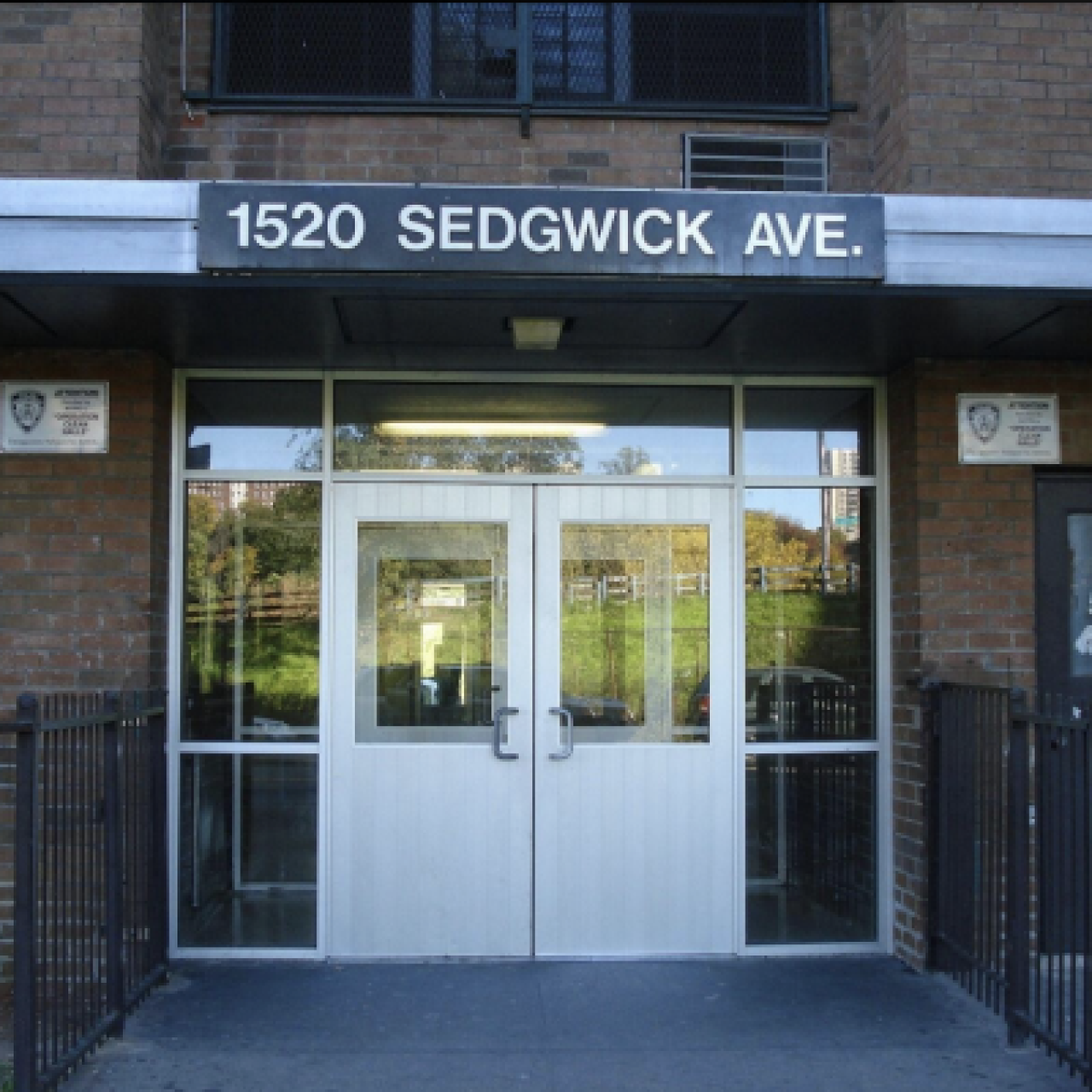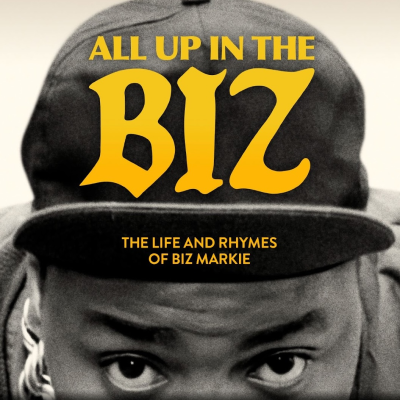On August 11, the world celebrated the 50th anniversary party with countless articles, YouTube testimonials, splashy documentaries on streaming and, if you’re lucky to live in New York City, several major concerts, including a blowout at Yankee Stadium.
In Jeff Chang’s 2005 book, Can’t Stop, Won’t Stop, he refers to August 11, 1973, the day when Cindy Campbell organized a “Back to School Jam” in the rec room of an apartment building on 1520 Sedgwick Avenue in the Bronx, setting the stage for her brother Clive “Kool Herc” Campbell to spin breakbeats for a room full of teenagers, as a “creation myth.”
It has become myth, a creation myth, this West Bronx party at the end of the summer in 1973. Not for its guests — a hundred kids and kin from around the way, nor for the setting — a modest recreation room in a new apartment complex; not even for its location — two miles north of Yankee Stadium, near where the Cross-Bronx Expressway spills into Manhattan. Time remembers it for the night DJ Kool Herc made his name.
Chang’s description of the event highlights the power and resonance it has held over the public’s imagination. But it also illustrates how little we know.
Back in the 70s, cultural activity in Black and Brown communities, especially among children and teenagers, did not receive newspaper or television coverage. Documentation of hip-hop’s development prior to the late 70s, from photographs to authentic flyers, is sparse to nonexistent. When I emailed Benjamín A. Ortiz, collection specialist at the Cornell Hip-Hop Archive, for my Pitchfork story “The Race to Save Hip-Hop’s Lost Eras,” he responded, “Virtually no cassette recordings of Hip Hop parties or events before the late 1970s survive.” (I didn’t use his quotes in the story.)
On social media, you may see enthusiasts posting a flyer for the legendary “Back to School Jam.” However, a 2022 Perfect Sound Forever article by J. Vognsen effectively argues that the “Back to School Jam” flyer is a mere document commemorating the event after it happened. The actual flyer that could have circulated before the party may no longer exist. Perhaps it never existed at all.
“Was Hip-Hop Really Invented 50 Years Ago?” asks a Wall Street Journal article by Dan Charnas. In the piece (which is behind a paywall), the author writes, “Like many historical events, that party in the Bronx has engendered embellishments, emphasizing one figure as it erases those who came before and after.” He notes that DJ Hollywood began rapping long before Coke La Rock MC’ed parties for Kool Herc. He also points out that many DJ innovations that rap fans, Wikipedia editors, and journalists — which, yes, has sometimes included me — attribute to Herc’s “merry-go-round” system may have been created by others, particularly Flash.
But here’s where the fetishizing of Herc and August 11 provokes skepticism, especially among people who attended some of his early parties. In YouTube videos and online forums, they say that the telling of hip-hop’s genesis has conflated Herc’s early style with the latter improvements of Flash, who many argue was responsible for the idea of isolating the break—playing only that part of the record—and then extending it using two copies of the same record on two different turntables. Several of the early partygoers insist that they saw Herc using one turntable, not two; that he played songs with breaks, yes, but all the way through; or that when he repeated the break he did so by simply picking up the needle on one record and dropping it back down where he guessed the break began; and that Herc only began DJing with “doubles” after Flash perfected the technique. This chorus of voices emphasizes Flash’s role—as well as the contributions of other contemporaries like Disco King Mario.
Set aside the back-and-forth for a moment, and focus on the words they say. Nearly all of what we know about the original hip-hop scene has been conveyed through oral histories. And without discounting the brave and hugely important work of these Bronx pioneers, some of these memories can be quite unsteady.
I’m currently working on a project about a handful of pioneers. Without giving too much away about the assignment, I’ve noticed during my research how someone can ascribe different years to a singular event. In the early 80s, he might say the event happened in 1975. A decade later, he might say it happened in 1973. A decade later, he claims it happened in 1970. Which year is correct? And, of course, there’s no way to fact-check these memories. After all, no one held a press conference to announce this event. It only consisted of teenagers plotting their moves in a high school lunchroom or recreation area, on a street corner, or in someone’s bedroom.
To be fair, these oral histories come from survivors. In the 1970s, the Bronx was one of the most dangerous cities in the country. Then, they survived the crack era of the mid-80s and 90s that devastated Black and Brown communities everywhere.
Keith “Cowboy” Wiggins is widely credited with inventing the term “hip-hop.” But when his group, Grandmaster Flash & the Furious Five, began making hit records in the early 80s, journalists focused on Flash or, after “The Message” hit, Melle Mel as well. I haven’t seen any lengthy interviews with Cowboy, who was a victim of the crack era. He died in 1989, and is only one of several key voices that are no longer able to tell their story.
From what I’ve found, oral histories do not exist in abundance until the early 1990s, when journalists and academics finally began seeking out any participants they could find from the proto-hip-hop scene, and not just scene leaders like Kool Herc, Afrika Bambaataa, and Grandmaster Flash. This doesn’t mean there weren’t journalists in the 80s who attempted to reconstruct that era in full, like Nelson George, David Toop, Steven Hager, and others. With luck, they’ve still got unpublished interview tapes that can shed further light on the subject.
Pop fans are enamored with the idea that a major event happened on this day. But facts often betray our desire to mark our favorite moments with precise anniversaries.
This phenomenon isn’t limited to overenthusiastic hip-hop fans. Back in the 1970s, rock devotees argued over which was the first “rock” record. Maybe it was Jackie Brenston and His Delta Cats’ “Rocket ‘88’.” Or maybe it was Sister Rosetta Tharpe — perhaps a better symbol, given that “Rocket ‘88’” songwriter Ike Turner is now persona non grata in polite society.
Meanwhile, music websites and social media accounts love to proclaim that a major album was released on this day. They cull info from error-filled and unsourced Wikipedia pages. While researching my Best Rap Singles lists, I can’t tell you how many times I’ve found that a single or an album dropped on a different year or day than what’s listed in Wikipedia, Discogs, Rate Your Music, etc.
And that’s assuming there’s a specific release date when a 12-inch shipped nationwide. Accessing music retail prior to the 90s and the advent of Soundscan often involved cobbling together regional distributors, a process that could take weeks or months. Even after Soundscan debuted in 1991, many small, mom-and-pop record stores and chains avoided the technology because it was too expensive. When I interviewed an Amoeba Records buyer for an unpublished URB story in 1999, he told me the chain didn’t use Soundscan. The process of getting a record out to the national market was different from today when everything goes live to the world via streaming or an online store like Bandcamp.
Let’s not stray too far afield from #HipHop50. The point is, anyone who has conducted serious research on a historical topic should know that the idea of a genre being born on a given day is slightly ridiculous. Culture is a continuum, shifting over time from one into the next. During these shifts, which were often under-documented prior to our information-overloaded 21st-century present, memories and facts were muddied within the currents of myth and lore.
These currents blur our understanding of when hip-hop began. Graffiti and boogaloo existed long before 1973. There were no “rap records” at the time, unless you count the jazzoetry of The Last Poets, the Watts Prophets, Nikki Giovanni, and Gil Scott-Heron; or the speeches of H. Rap Brown. The music the DJs played was funk, protean disco, and instrumental rock a la Michael Viner’s Incredible Bongo Band. Even the word “hip-hop” didn’t exist yet. So why did the pioneers choose August 11, 1973 as the day? Is it pure marketing? Or is it reflective of a shift in sensibility that hasn’t been properly conveyed?
Thankfully, the #HipHop50 campaign not only generated plenty of marketing noise, but a handful of stories that pushed back on the notion of August 11, 1973 being the genre’s canonical event, including Charnas’s aforementioned story; David Browne’s “Kool Herc and the History (and Mystery) of Hip-Hop’s First Day” for Rolling Stone; and Harry Allen’s piece for Okayplayer.com, “Is Hip-Hop’s Birthday Mythology?”
Essentially, #HipHop50 is a party, a chance for everyone to celebrate a culture that has given so much to the world. It’s an opportunity to shine positive light on a genre that the media often portrays as an example of societal breakdown, casts it in racist terms, or depicts it the prism of its most troubled practitioners. And it’s a reason to engage more deeply in a movement than simply grumbling about whether rappers can make hits anymore.
Mainly, it’s an opportunity to recognize the pioneers who are still alive, and who haven’t gotten commensurate due for all they’ve created, whether that be financial or just in terms of fame. No matter what they receive during this yearlong celebration, it will most likely be inadequate.
Parties are important. They give us a chance to relax, maybe let off steam, and enjoy ourselves. And yes, hip-hop isn’t just a trainspotter exercise for bros, or a series of dry lectures for PhD students. It’s supposed to be fun and inclusive. Everyone is invited.
However, it’s also useful to see which myths continue to define the culture, whether they’re based in fact or are simply figments of our longings and imaginations. The process of untangling those threads will continue long after the party has ended.
A version of this essay, “Fifty Years — or More — Down the Line,” was originally published August 11 on my Substack, Cutting Room Jams.
Image of 1520 Sedgwick Ave. courtesy of Wikimedia Commons.
Humthrush.com will always be free to read and enjoy. If you like my work, leave a tip at Ko-fi.com/humthrush.


